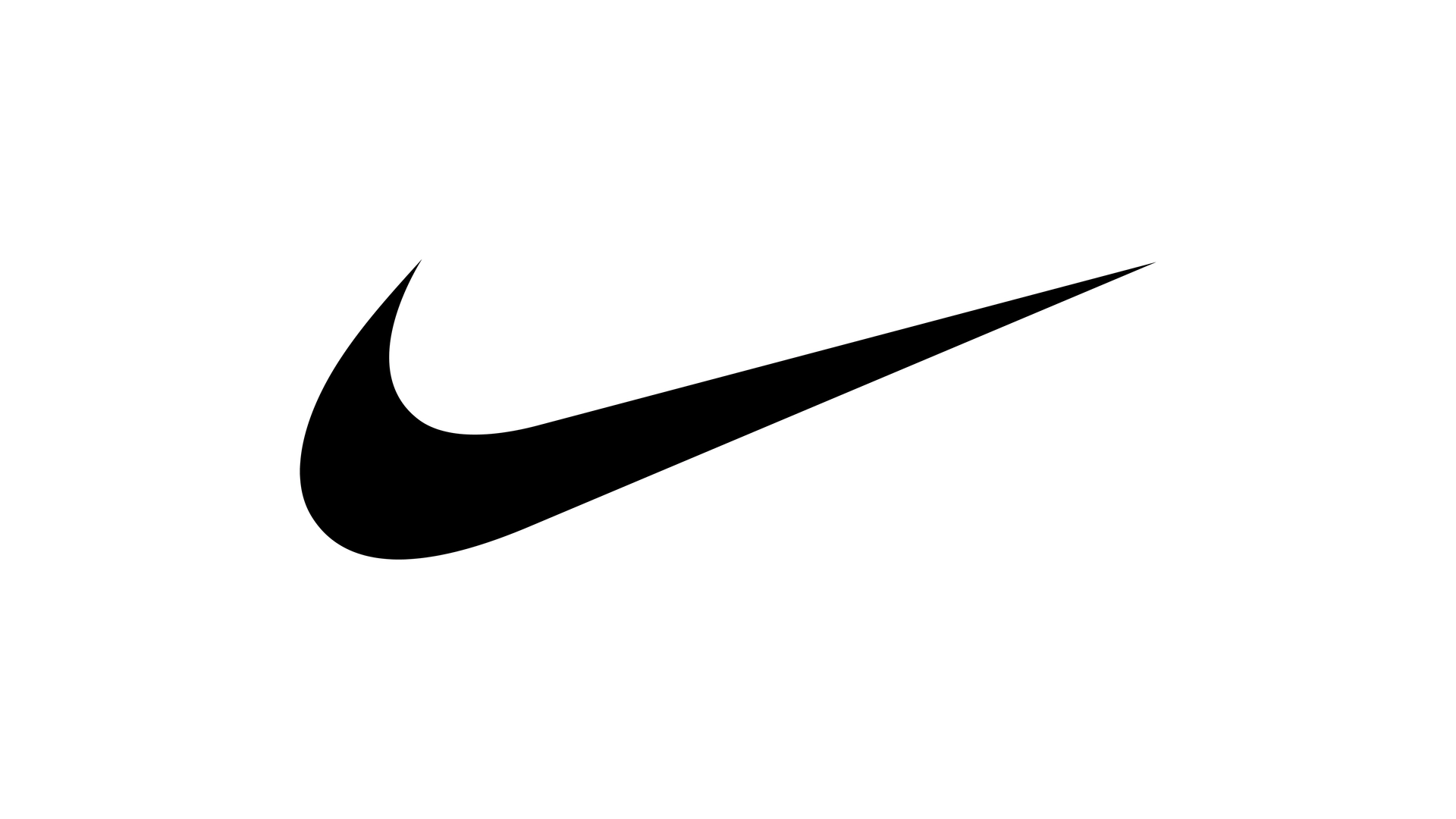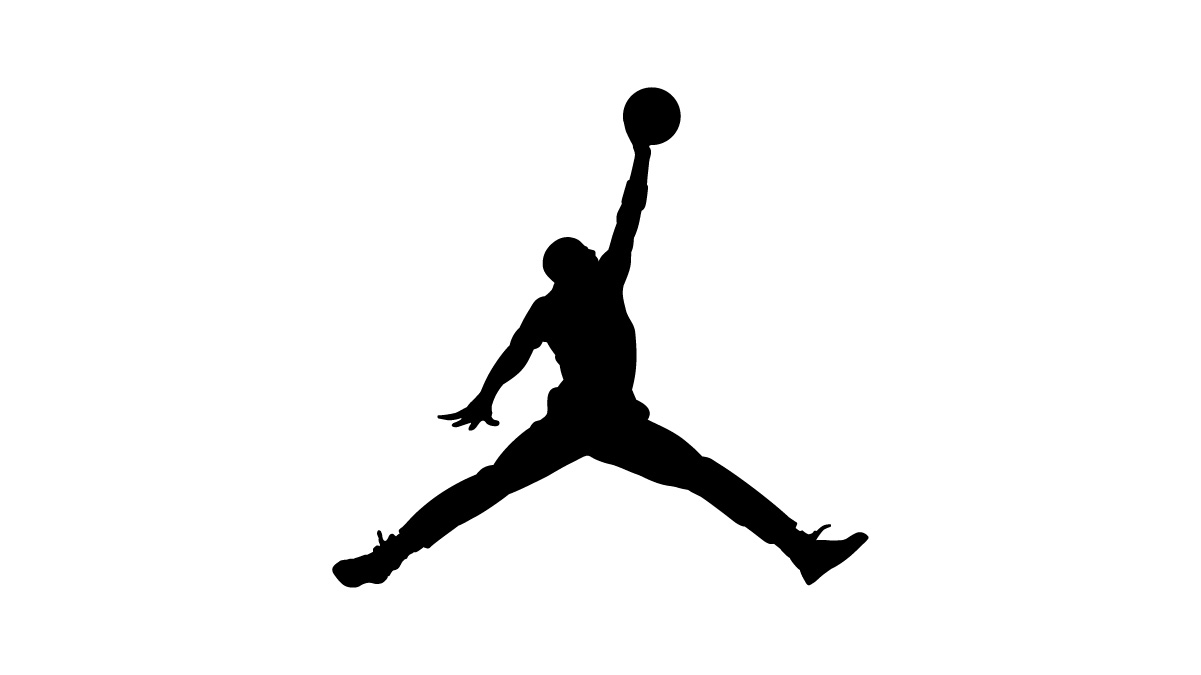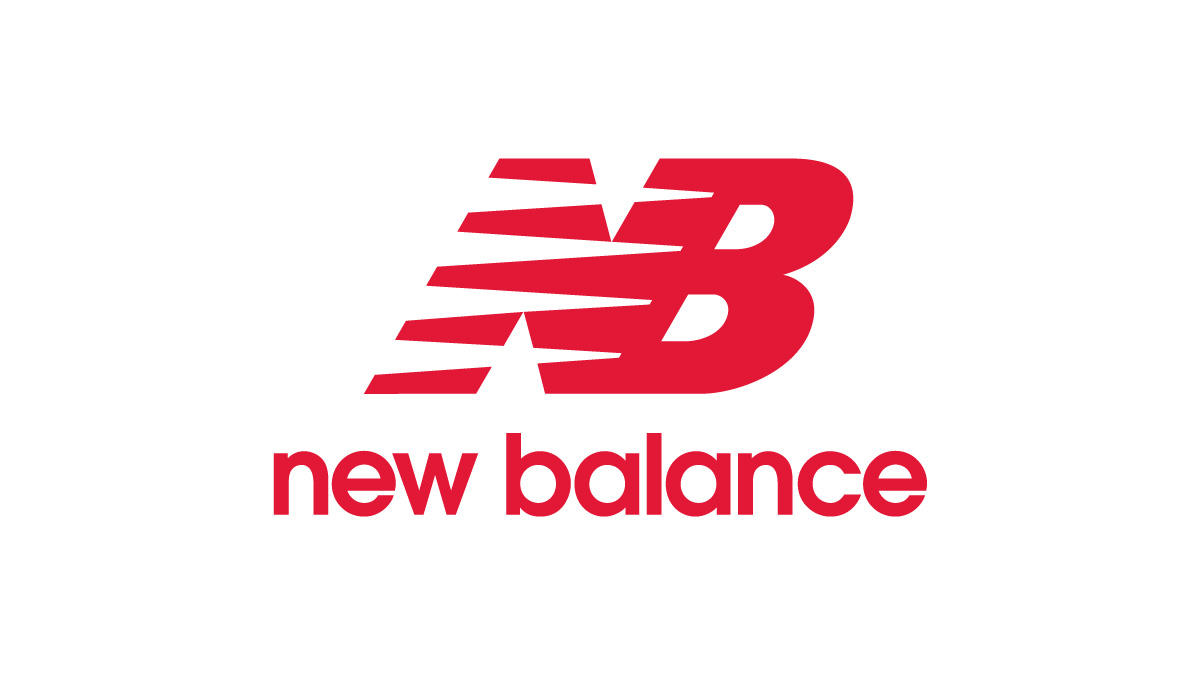Let’s be real—when you think about iconic sports brands, your mind probably jumps straight to a swoosh, maybe some stripes, a Jumpman in mid-air. But here’s the truth: great branding goes deeper than design. It’s not just what a brand looks like. It’s how it feels.
Branding in the world of sport isn’t just about cool logos and catchy slogans – it’s about creating something people can believe in. The best examples of sports brands connect on a deeper level. They don’t just make shoes or shirts; they tell stories, build communities and give people something to root for – even off the field.
At Admind, we believe that great branding is about meaning, movement and making people or businesses feel something real. So let’s take a closer look at six sports brands that have got it right – and are still setting the standard.

Nike: A swoosh that speaks volumes
There’s probably no better example of iconic branding than Nike. The brand was born out of a need for better shoes for runners, but it grew into something much bigger. The now famous swoosh – created by design student Carolyn Davidson in 1971 for just $35 – was initially just one visual idea among many. But its simplicity, movement and association with the Greek goddess of victory gave it enduring power. Over time, the swoosh stopped being a logo and became a symbol of drive, ambition and belief in yourself.
The “Just Do It” campaign, launched in 1988, took the Nike brand into another stratosphere. It wasn’t just about athletes – it was about everyone. It was about taking action, taking risks, and doing the hard thing. Nike’s brilliance lies in its emotional marketing, tapping into universal human challenges, not just athletic ones.
And then there’s the brand’s audacity. Supporting athletes like Colin Kaepernick or Simone Biles during critical social moments has shown that Nike is willing to walk the talk – even when it’s polarising. This commitment to values has turned customers into loyal followers. And that’s the hallmark of one of the greatest sports brands of all time.

Adidas: Stripes with soul
The company was started by Adolf Dassler in his mother’s house. He was joined by his elder brother Rudolf in 1924 under the name Gebrüder Dassler Schuhfabrik (“Dassler Brothers Shoe Factory”). Adidas has been shaping sports culture since 1949, when Adi Dassler began making performance-oriented footwear with his trademark three stripes.
Over the decades, the brand has evolved from a functional favourite to a fashion-forward, globally-loved label that lives at the intersection of sport, culture and creativity.
Adidas’ visual language – from the minimalist Three Stripes to the Trefoil logo – has always been distinctive and meaningful. Each variation has a purpose: the trefoil represents heritage and lifestyle, the three bars represent athletic performance. This kind of symbolic branding has helped Adidas stay relevant across generations.
But it’s in storytelling that Adidas really shines. The Impossible Is Nothing campaign, first launched in 2004 and revived in 2021, highlights the transformative power of sport. It shines a spotlight on athletes and creatives who overcome adversity – not just to win games, but to make a difference in their world. And with high-profile collaborations (such as with Beyoncé, Pharrell and Prada) and sustainability commitments like the Parley Ocean Plastic initiative, Adidas is proving that branding today is as much about ethics as it is about aesthetics.
It’s no wonder it’s often cited as one of the best examples of a sports brand that combines authenticity with innovation.

Puma: Agile, unexpected and socially aware
Born out of the same Dassler family that gave us Adidas, Puma has always played the role of stylish disruptor. After separating from his brother Adi, Rudolf Dassler founded Puma in 1948 – and quickly established a distinct personality. Sleek, urban and always one step ahead in design, Puma’s branding is all about boldness and creativity.
The brand’s visual identity – a leaping puma – perfectly captures its energy. Over time, Puma has combined performance credibility with cultural relevance, partnering with pop icons such as Rihanna, A$AP Rocky and Dua Lipa to expand into fashion and music.
One of Puma’s most memorable campaigns in recent years was the “PVMA” stunt with PV Sindhu, where the brand “misspelled” its own name in promotional materials. It turned heads, created buzz and ultimately reminded the world how to get noticed in the age of memes and virality.
But Puma isn’t all playful. Through its #REFORM platform, the brand honours the legacy of athlete-activists like Tommie Smith and supports social causes related to equality and justice. This balance of fun and purpose makes Puma a standout – and arguably one of the best examples of modern sports brand storytelling.

Air Jordan: From court legend to cultural icon
Air Jordan isn’t just a shoe brand – it’s a mythology. It began as a Nike sub-label built around rising NBA star Michael Jordan. The first Air Jordan sneaker, released in 1985, didn’t just make waves – it broke the rules. Literally. The NBA banned the shoe for violating its uniform policy. But Nike embraced the controversy, creating ads that glorified rebellion and turned MJ into a symbol of defiance and excellence.
From there, Air Jordan became its own universe. The Jumpman logo – based on a 1984 photo of Jordan striking an iconic pose – debuted on the Air Jordan III, designed by the legendary Tinker Hatfield. The branding captured flight, ambition and pure athletic grace.
What keeps the Jordan brand relevant? It reinvents itself without losing its roots. It’s not afraid to bridge basketball with fashion (Dior collaboration, anyone?), music (Travis Scott editions) and streetwear. It’s one of the few sports sub-brands to have created its own identity – something even Nike didn’t expect when it started.
Air Jordan is undoubtedly one of the best examples of how personal narrative, cultural timing and bold design can turn an athlete into a movement.

New Balance: The quiet leader
If Nike is the bold disruptor, New Balance is the steady craftsman. Founded in Boston in 1906, the brand’s early focus was on orthopaedic arch support – but it has quietly built a reputation for durability, comfort and substance over flash.
New Balance’s NB logo is simple but effective, evoking speed and symmetry. And while the brand doesn’t rely on flash, its branding is incredibly clear: quality matters. Values matter. People matter.
Campaigns like ‘We Got Now’ celebrate real people doing real things – without the need for superstars. While it works with athletes like Coco Gauff or Shohei Ohtani, the message is grounded, relatable and empowering.
New Balance also made headlines in 2016 when political associations caused unintended controversy. But rather than hide behind PR-speak, the brand clarified its stance and used the moment to reaffirm its inclusive values. This integrity is rare – and powerful.
If you’re looking for one of the best examples of a sports brand quietly winning hearts through trust and authenticity, look no further than New Balance.

Reebok: The comeback queen
Reebok’s history is one of reinvention. Founded in the UK in 1958, the brand shot to global fame in the 1980s thanks to the aerobics boom. Remember the pastel leotards and headbands? That was Reebok territory. Its ability to tap into fitness trends brought it huge success, and soon it was competing head-to-head with Nike and Adidas.
But staying on top in a changing market is hard. Reebok’s branding struggled in the 2000s as it moved from performance to fashion to CrossFit and back again. Several logo changes – from the Union Jack to the Vector to the Delta – reflected this identity crisis.
The good news? Reebok found its voice again. With campaigns like “I Am What I Am”, the brand reclaimed its focus on individuality and bold expression. Today, Reebok embraces its heritage while collaborating with artists, influencers and streetwear designers to bring a fresh edge.
Reebok may not be the loudest player, but its resilience and ability to adapt keep it firmly in the conversation – and among the best examples of sports brands reinventing themselves.
What these brands teach us about branding?
At Admind, we see branding as a living system. It’s not static – it evolves, adapts, speaks and listens. The best examples of sports brands have one thing in common: they understand people. They don’t just decorate – they communicate. They don’t just sell – they mean something.
In a world flooded with messages, that kind of clarity and emotional resonance is everything.
So whether you’re building a global brand or refreshing a niche one, remember: branding isn’t just about how you look. It’s how you make people feel.

